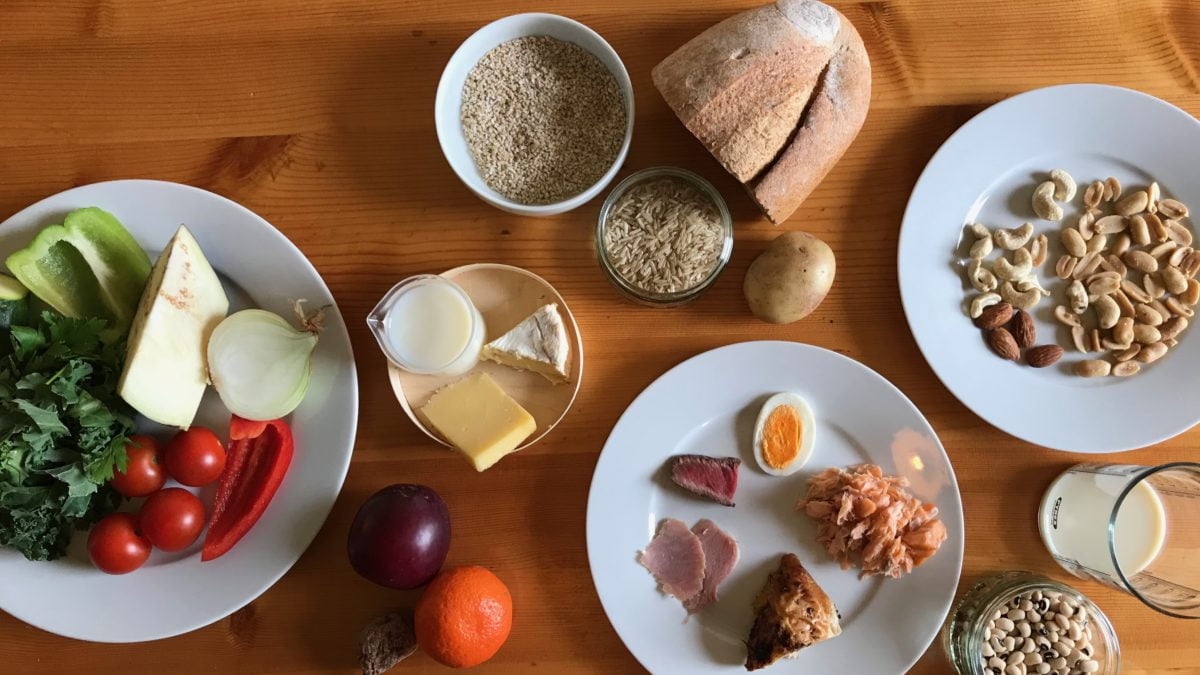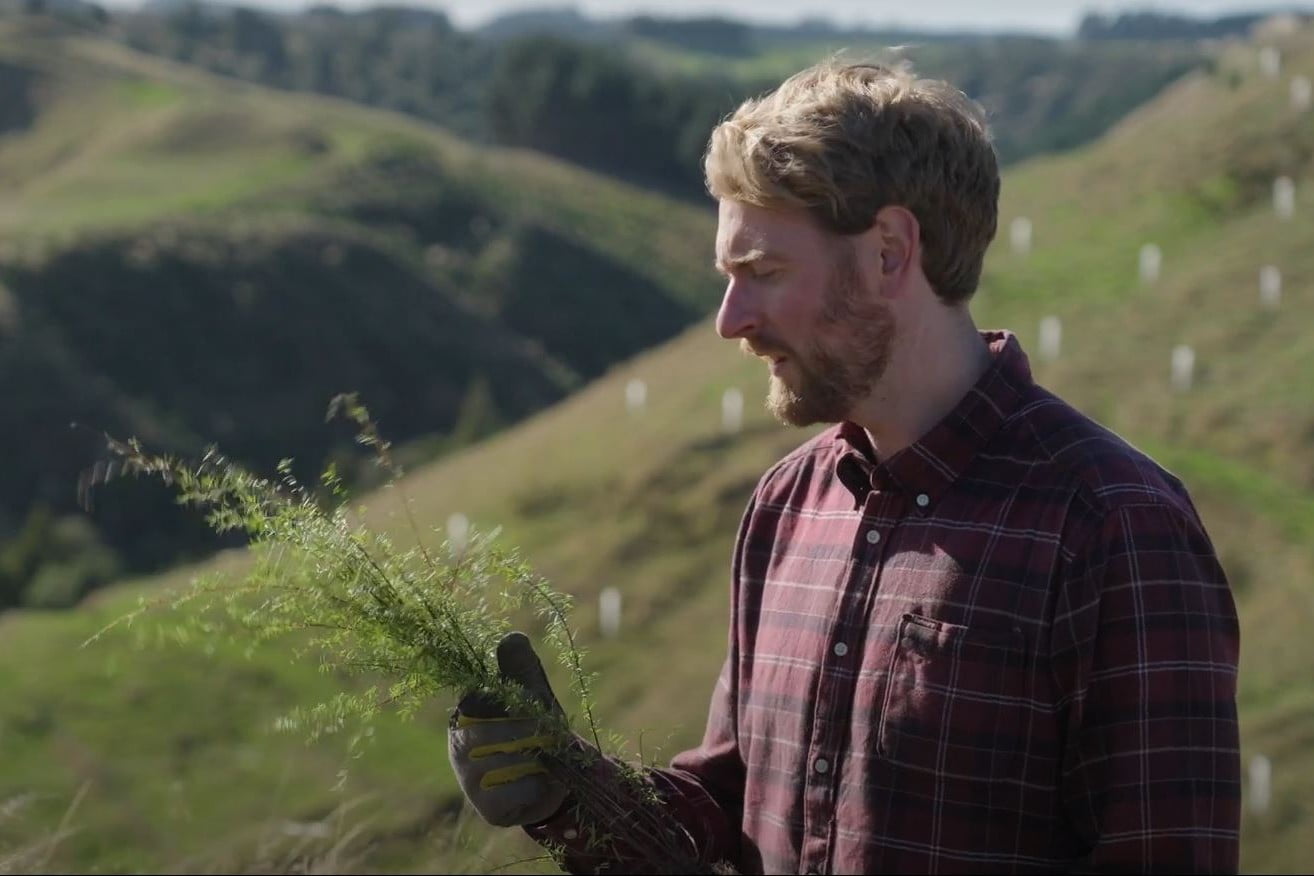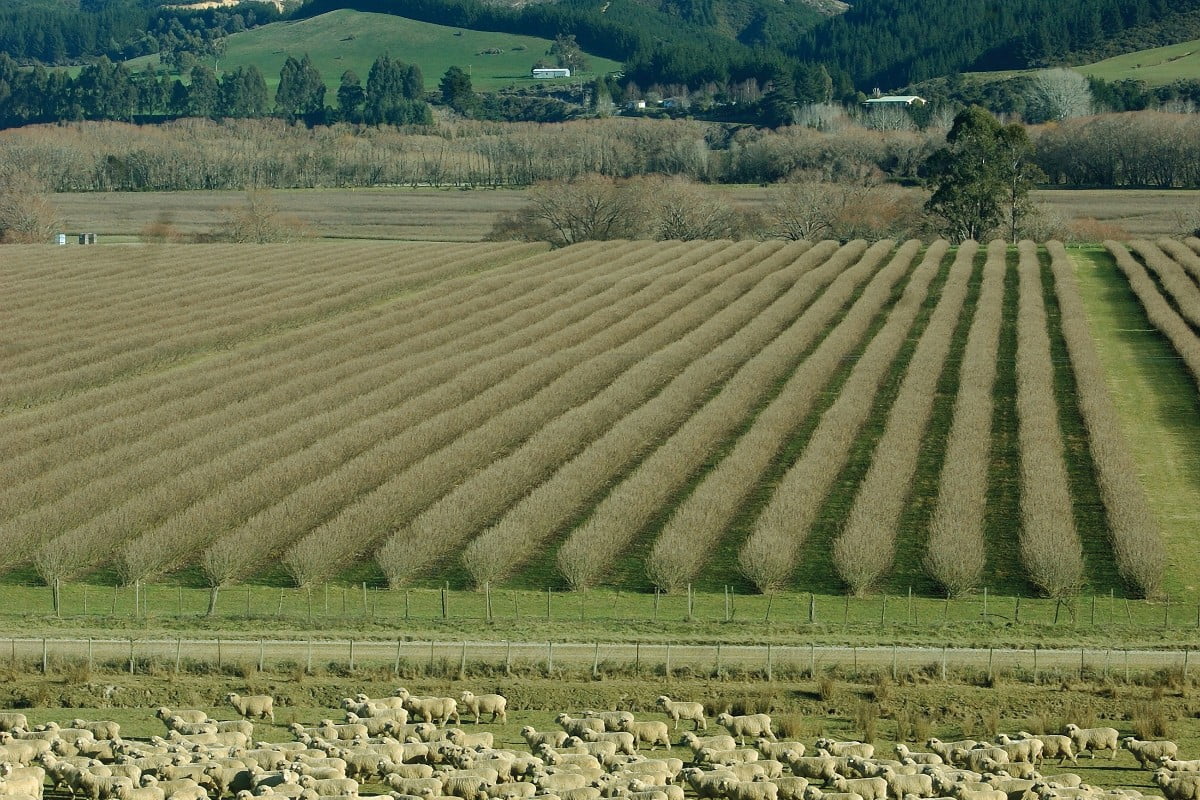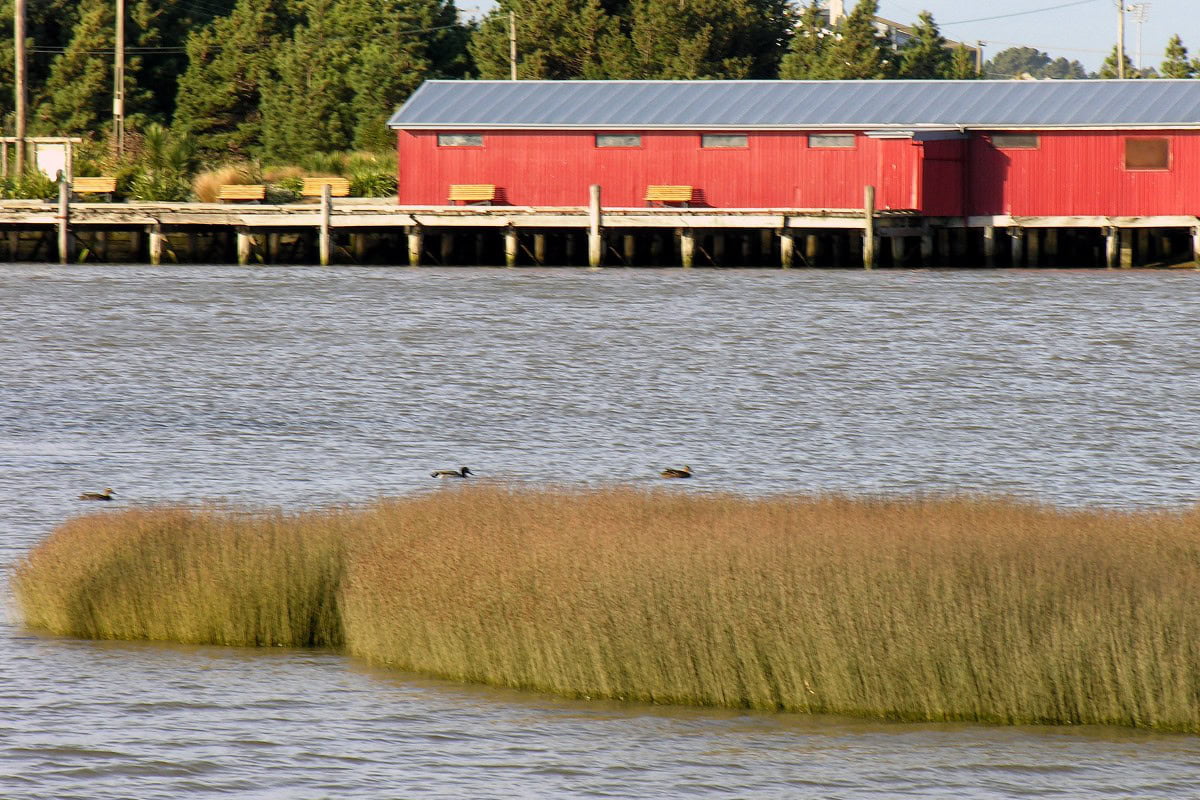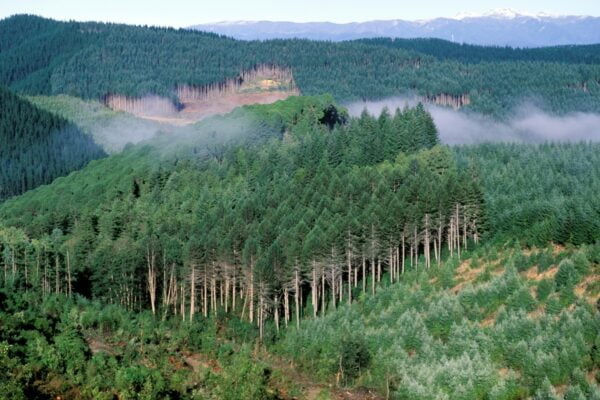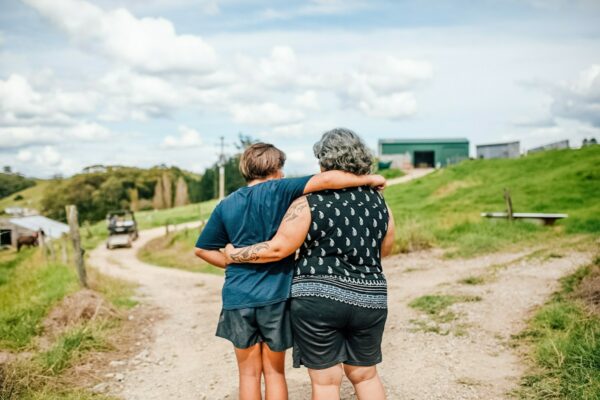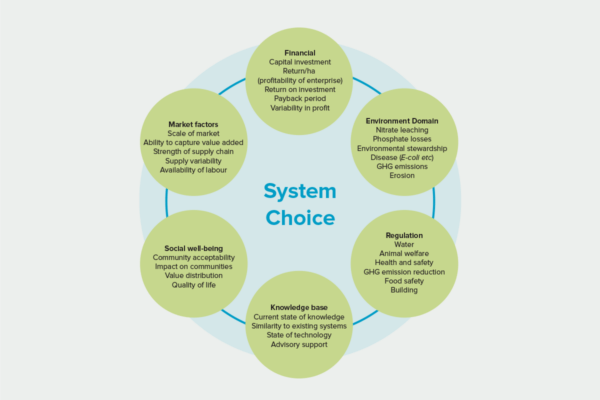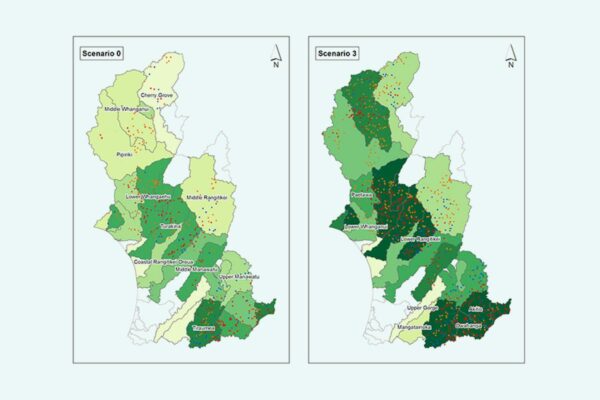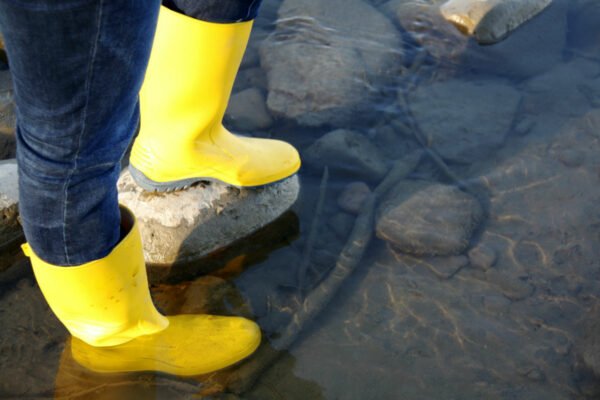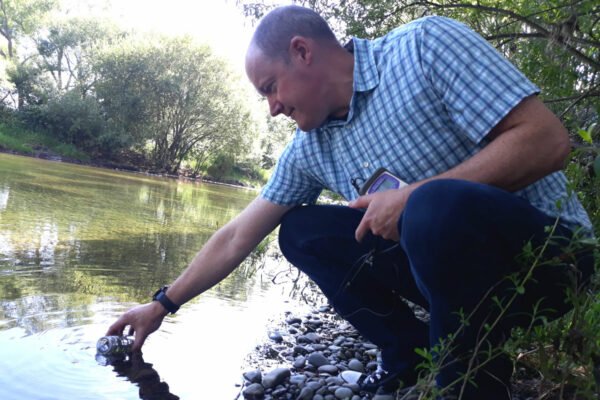Land Use for Nutritious Diets
Connecting a sustainable, healthy diet to land use in Aotearoa
Project Details Ngā taipitopito
Collaborators Ngā haumi
AgResearch | Healthier Lives National Science Challenge | Manaaki Whenua | Plant & Food Research
What are we doing?E aha ana mātou?
The foods we eat are vitally important to our health, but the way they are produced has a major impact on the earth’s resources, environment and climate. Population-wide changes are needed to achieve healthy and nutritious diets sourced from sustainable food systems.
This project involves collaboration with a Healthier Lives study which aims to identify an optimal diet that meets the nutritional needs of New Zealand’s population while reducing greenhouse gas emissions, at minimal additional cost to individuals.
Our Land and Water will determine whether the raw ingredients for this optimal diet can be grown in New Zealand, in an affordable way that meets targets for reducing water contaminants and greenhouse gas emissions.
The aim is to provide policymakers and health practitioners with information on how best to provide healthy and sustainable diets for New Zealanders.
How can the research be used? Ka pēhea e whai take ai te rangahau?
- The Healthier Lives research will identify an optimal New Zealand diet that has co-benefits for both health and climate.
- The research contributed by Our Land and Water will identify suitable land to produce ingredients for this diet. Land-use opportunities will be identified in catchments that are unlikely to meet water quality targets without land-use change, plus other suitable land areas if necessary. This will test the validity and ease with which we can meet targets for water quality and greenhouse gas emissions.
- Healthier Lives will identify a range of feasible and acceptable policies that could help New Zealanders move towards a diet that maximises health and environmental co-benefits.
- This research also aims to identify the potential change in societal costs of moving to an optimal diet, including the costs of changes in land use and health outcomes.
 View Our Strategy Document 2019 – 2024
View Our Strategy Document 2019 – 2024



